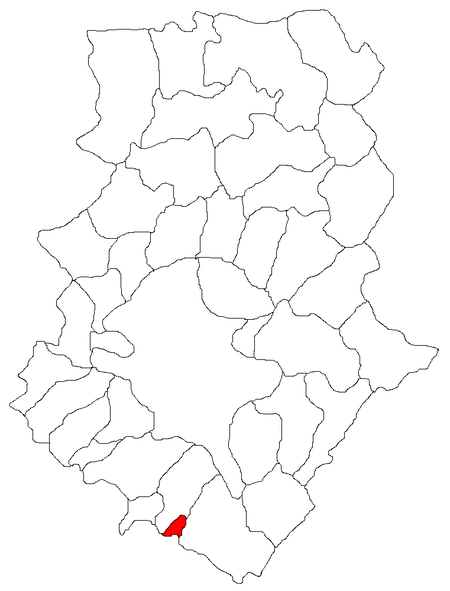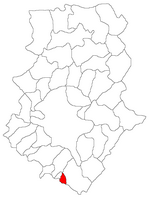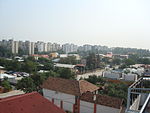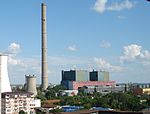1 Decembrie

1 Decembrie is a commune in the south of Ilfov County, Muntenia, Romania, composed of a single village, 1 Decembrie. It also included Copăceni village until 2005, when it was split off to form a separate commune. It has a population of 8,206, of which 8,067 (96.08%) are Romanians and 263 (3.84%) are Roma.Originally named Copăcenii de Sus, in the 1930s the village changed its name to Regele Ferdinand, in memory of King Ferdinand of Romania. After the Communist takeover in mid-1940s, the name was changed to 30 Decembrie (December 30), to commemorate the day when the country became a republic in 1947. In 1996, following the Romanian Revolution, the name was changed to 1 Decembrie (December 1) - the day when the Kingdom of Romania was united with Transylvania in 1918.
Excerpt from the Wikipedia article 1 Decembrie (License: CC BY-SA 3.0, Authors, Images).1 Decembrie
Geographical coordinates (GPS) Address Nearby Places Show on map
Geographical coordinates (GPS)
| Latitude | Longitude |
|---|---|
| N 44.283333333333 ° | E 26.066666666667 ° |
Address
077005
Romania
Open on Google Maps











